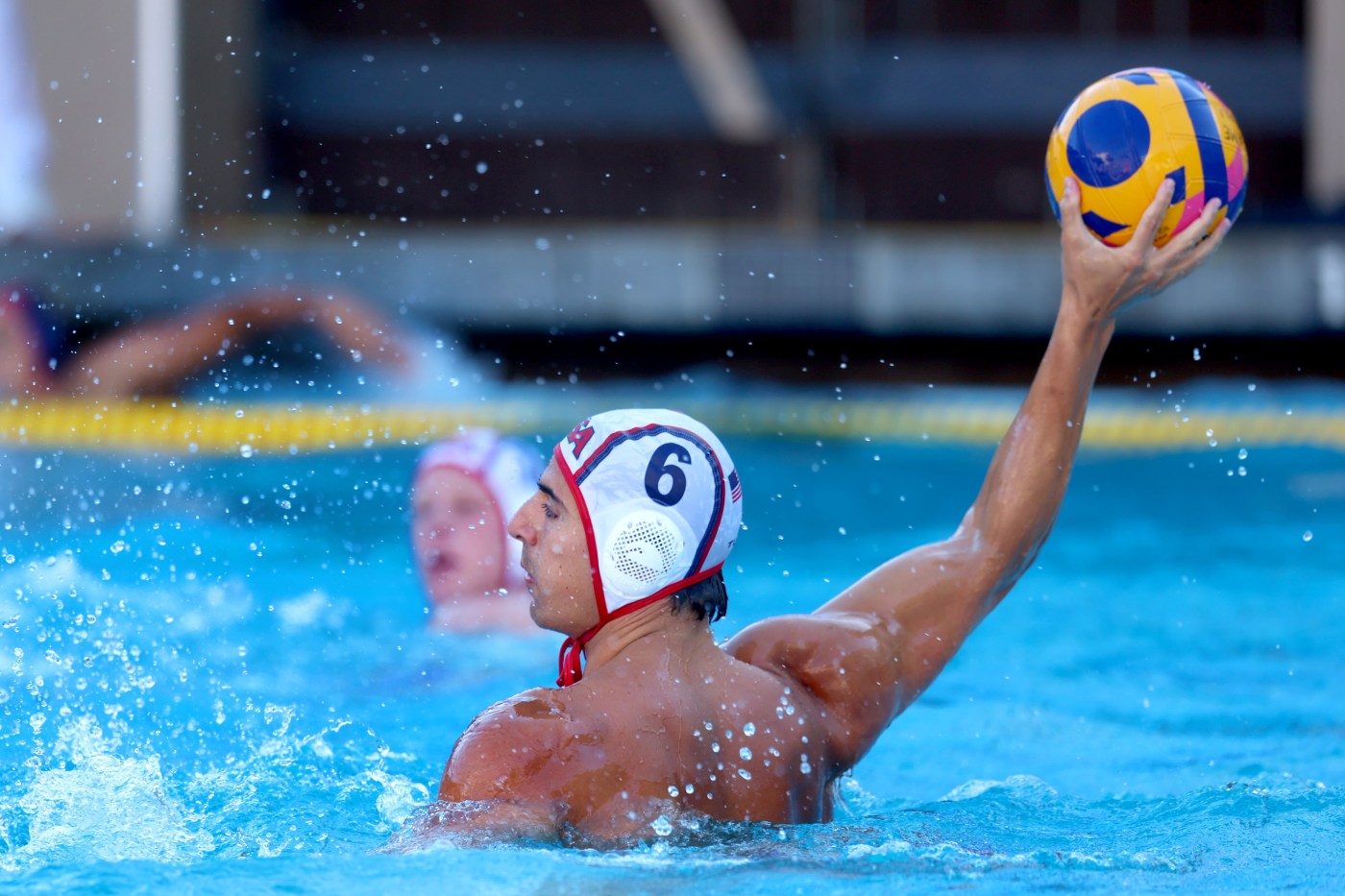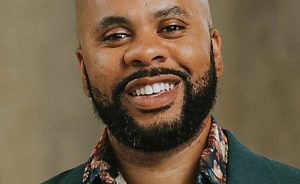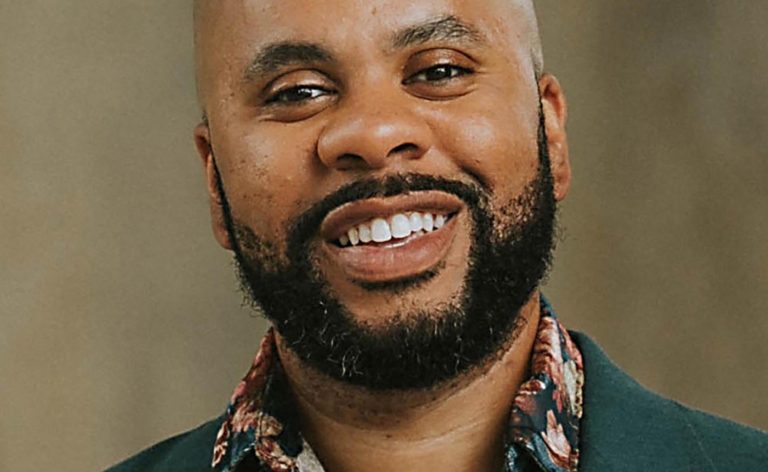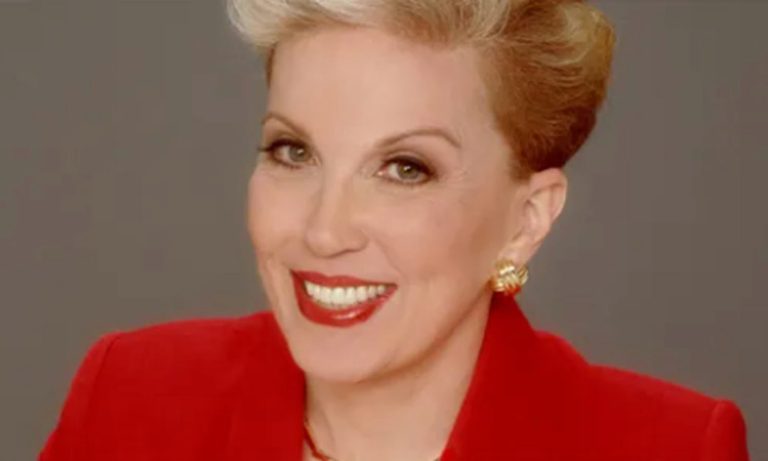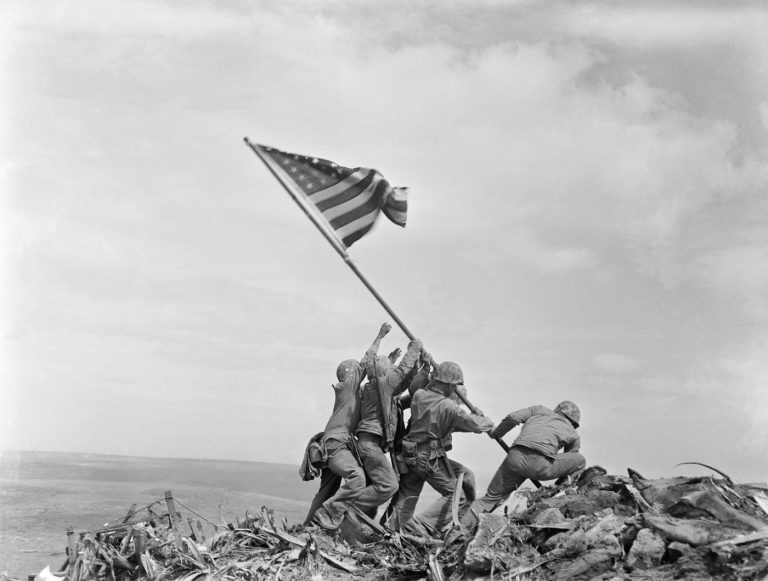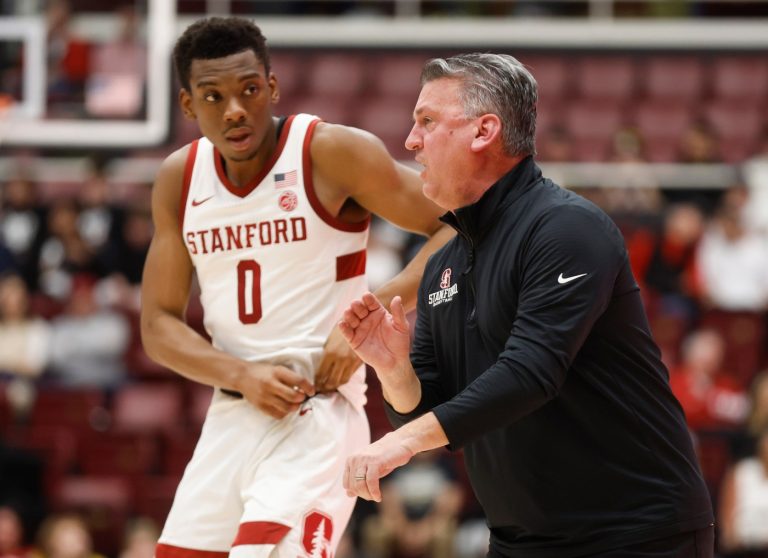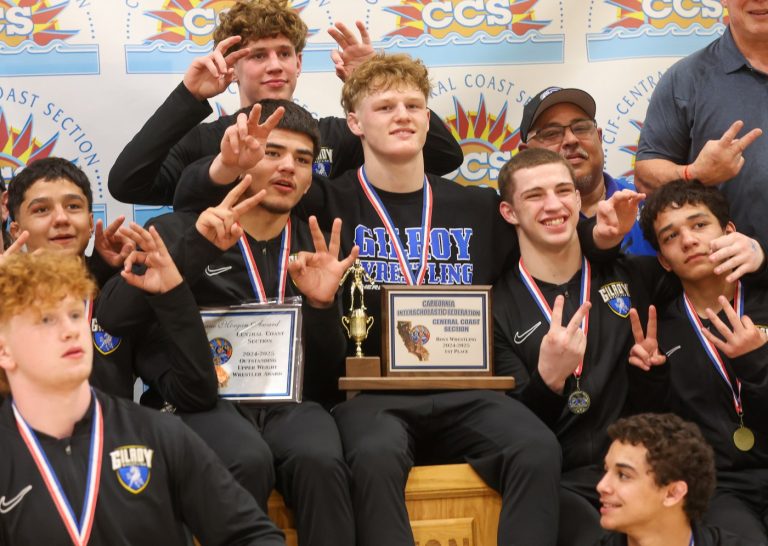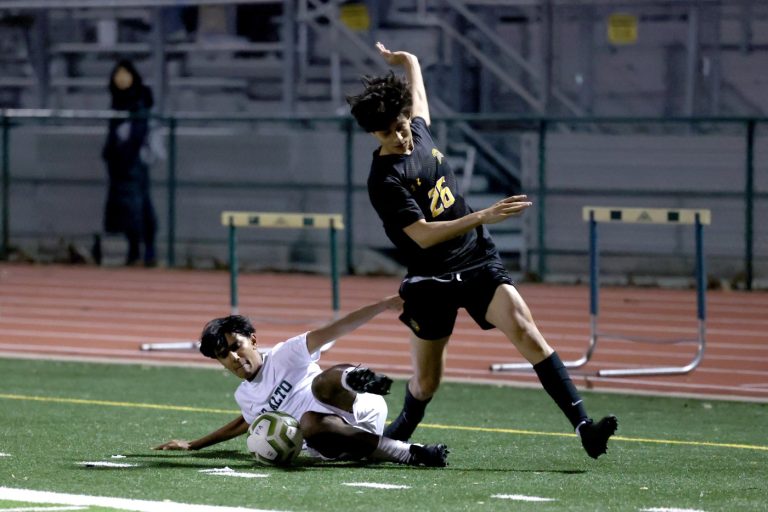It’ll be California against the world in water polo at the Paris Olympics this summer.
The U.S. men’s and women’s Olympic water polo teams will soon travel to France with 13-player rosters that are almost entirely made up of Californians. And about half of them have Bay Area ties.
“The Bay Area allowed me to dream big,” said three-time Olympic gold medalist and Monte Vista High graduate Maggie Stevens, whose bid for a fourth gold medal will start this month in Paris.
Swimming is part of the Bay Area’s DNA.
“It’s the weather and the facilities,” said U.S. women’s water polo coach and Mountain View native Adam Krikorian.
Coaches point to Contra Costa County, where there are more than 60 recreational swimming pools, including an Olympic-size pool at Contra Costa College.
“What happens is all the kids know how to swim, a lot of them get tired of swimming and they want to play a game, so they go right into water polo,” said John Roemer, the Miramonte High School coach who was recently named the best girls’ water polo coach in the country by MaxPreps.
When Roemer’s daughter, Jewel, was 7 and swimming for the Sun Valley Swim Team, some of the parents would organize a casual game of water polo when the girls got bored.
“Out of that game, there are now five Division-I swimmers,” he said.
Jewel, who now plays at Stanford and will also represent the United States in Paris this summer, didn’t like water polo at first.
“It’s because I wasn’t good at it,” she said. “You’re getting splashed and drowned by older players. It was hard in the beginning. Two years later I started getting the hang of things. I’d say when I was 9 I started to actually really like it.”
In the East Bay, a trio of competitive teams have sent dozens of players to D-I universities and the Olympics: Lamorinda Water Polo Club, Team Diablo and Roemer’s 680 Drivers Club.
“If I take the best three players off those three rosters and play against the teams from Southern California, we’d win every year,” John Roemer said. “But we have such a little area with three really good clubs, and then every club down south has an area of the size of Contra Costa County.”
Across the Golden Gate Bridge into San Anselmo, Sleepy Hollow Aquatics has produced several top-tier talents, including Stanford’s Dylan Woodhead, who will compete for the American men in Paris.
Jessica Steffens, left with her sister Maggie Steffens of the United States pose for the cameras after winning their women’s water polo gold medal match against Spain at the 2012 Summer Olympics, Thursday, Aug. 9, 2012, in London. (AP Photo/Alastair Grant)
“I really fell in love with the community,” Woodhead said. “It’s a really special place with a lot of role models, guys who wanted to play and do well in school. There’s so many factors that go into what sport you play but the community you find in those sports might be the most important.”
Some of the most established Bay Area water polo coaches remember the local scene exploding in the ‘70s and ‘80s because of Pete Cutino, the Monterey native who began coaching the Cal men’s team in 1963 and won his first of eight NCAA championships in 1973.
Cutino was a big part of promoting the “Big Splash,” an end-of-season clash between Cal and Stanford that became “the biggest game in American water polo,” said Stanford women’s coach John Tanner.
Cutino also recruited several top swimmers from Puerto Rico, including Carlos Steffens, who had a terrific career at Cal. He’s now the father of several Olympians, including Jessica and Maggie Steffens.
The competition between NorCal and SoCal is part of what fueled the rise in the sport in the Bay Area, Carlos Steffens said.
“It’s not that hard to be among the best; it’s really, really hard to be the best,” he said. “But if you’re among the best, maybe one day you’ll be the best.”
On the men’s side, seven players on the U.S. team going to Paris have Bay Area ties.
“Once we get on the national team there’s always a count, ‘How many NorCal vs SoCal guys?’” Woodhead said.
From 1973 to 1994, either Cal or Stanford won 19 of 22 NCAA championships on the men’s side. From there, SoCal had a boom thanks to Pepperdine, UCLA and USC, but Cal has been back on top, winning each of the last three titles.
On the women’s side, Tanner’s Stanford teams have won eight of the last 14 national championships.
“We have some great, great coaches at every level in Northern California,” Tanner said. “And then there’s competition around them, especially in the East Bay swim leagues. They have neighborhood rivalries. When you can have competition that feels like life and death, and you can have it every weekend, or every few weeks, it just raises your level.”
Steffens is one of five current or former Stanford players, along with Jewel Roemer, San Jose’s Jenna Flynn, Jordan Raney and Ryann Neushul, on the USA women’s roster for Paris.
Krikorian, the women’s national team coach, hopes more girls will get into the sport when they’re watching their local heroes compete for a gold medal.
Playing water polo requires a “very tough-minded personality, someone who is very resilient, who understands the importance of teamwork and has a sense of humility,” he said. “Water polo is the easiest sport to quit because of the challenges. It can also be the most rewarding.”
But there’s a concern among many local coaches and athletes that the sport may not be as accessible as it once was.
The cost of private clubs and pool time has skyrocketed in recent years, John Roemer said.
“When I was a kid I couldn’t afford water polo like it is now, but Pete was coaching Concord Water Polo and said, ‘Come anyways, play for free,’” Roemer said. “I was an abalone diver so he said, ‘Just bring us some abalone.’ I never paid anything, I just gave him some abalone in the summer.”
Some clubs, like Team Diablo, offer free clinics to help younger players learn the sport.
Roemer is one of many top coaches who volunteer their time for a club called Yolo Polo, which focuses on developmental skills in the game.
Related Articles
Brooks Johnson, 1934-2024: Legendary former Stanford, Olympic track coach dies at 90
Aptos native Nikki Hiltz qualifies for Olympics with historic showing in 1,500
Simone Biles secures third trip to the Olympics after breezing to victory at U.S. trials
Olympics: How Scotts Valley wrestler Dom Parrish overcame family tragedy to rise up U.S. wrestling ranks
Stanford gymnastics stars heading to Paris after strong Olympic trials
“People are getting tired of paying so much money for club water polo,” he said. “It’s almost become an elitist sport.”
It’s a problem that Maggie Steffens has recognized.
“If we do want to grow the sport we need to make water polo more accessible which means more public pools that are free around the U.S.,” she said. “That’s a big reason why the Bay Area has grown. There are a lot of pools and it’s sunny so you can play outdoors.”
Steffens is hoping to grow the game with her company, 6-8 Sports, which provides technology to youth programs that can help young kids get better at water polo.
“There are athletes all over the world who just need the chance, the opportunity, the pool, the coach, and if they had it they could be Olympians too,” she said. “I really believe that. I’m so grateful because I did have that. I was exposed at an early age and I could dream big.”
